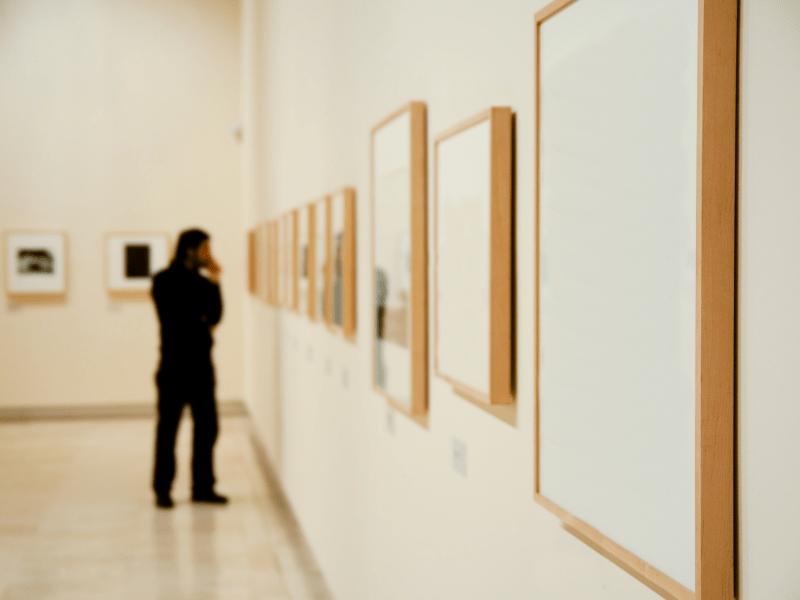NFTs in the world of Art
NFTs: Certificates Tokens have caused buzz in the art and financial markets.
But what are NFTs anyway?
Initially, in a simplified way, an NFT linked to any digital item, an image, photo, video, music, message, etc., makes that item unique to the world. In this way, creating scarcity around the item and opening space for a market to establish itself. Involving collectors and investors interested in investing real money in the acquisition of works and digital assets.
NFTs and fungibility
Items that are non-fungible are unique and cannot be exchanged. For example in the art world: try selling people in the Louvre a painting of yours by the Mona Lisa. And you will experience non-fungibility.
It is worth remembering that NFT tokens can be linked to works of all values and types. In other words, it is not something exclusive to the high-luxury market.
WHAT IS A NON-FUNGIBLE TOKEN
A non-fungible token (NFT) is a cryptographic asset that has the ability to be unique and unrepeatable. Thanks to technology blockchain, The properties of this type of token can be stored. This way, it is possible to certify both the originality of the asset and its ownership. Its premises are defined in the so-called smart contract (smart contract) which also opens up the possibility of commercializing it.
The idea of NFTs, often called nifties, emerged with technology blockchain in 2014. Although its popularization did not happen until the emergence of Ethereum cryptocurrency, which included a system for creating and storing non-fungible tokens.
NFT fungibility
What does non-fungible mean? Imagine that you have a one-euro coin and exchange it for another one-euro coin. This is a fact that is not important because they all have the same value, that is, they are fungible. The same thing happens if you have purchased a digital token. For example, a bitcoin. The difference with non-fungible tokens is that they are unique and that smart contracts allow us to identify them as such.

HOW NON-FUNGIBLE NFTS TOKENS WORK
NFTs have four main characteristics: unique, indivisible, transferable and capable of proving their scarcity. One of the keys to certifying such characteristics and facilitating the interoperability of these assets on multiple platforms are the various existing standards, the most used being the ERC-721, of Ethereum, and ERC-1155 the most recent.
To create an NFT, simply use platforms like OpenSea or Mintable, where the artist uploads the digital file and creates a smart contract associated with it. On these platforms, NFTs are listed and potential buyers can access them. To buy an NFT, you must have an account with cryptocurrencies, specifically Ethereum, from where a transfer is made to the creator and in exchange ownership is transferred.
Does it work for more areas?
So you can buy NFTs from local artists, artists you want to support and so you are contributing to art in general.
And it's not surprising that NFTs linked to unique pieces of artwork among other items of value are gaining traction.
